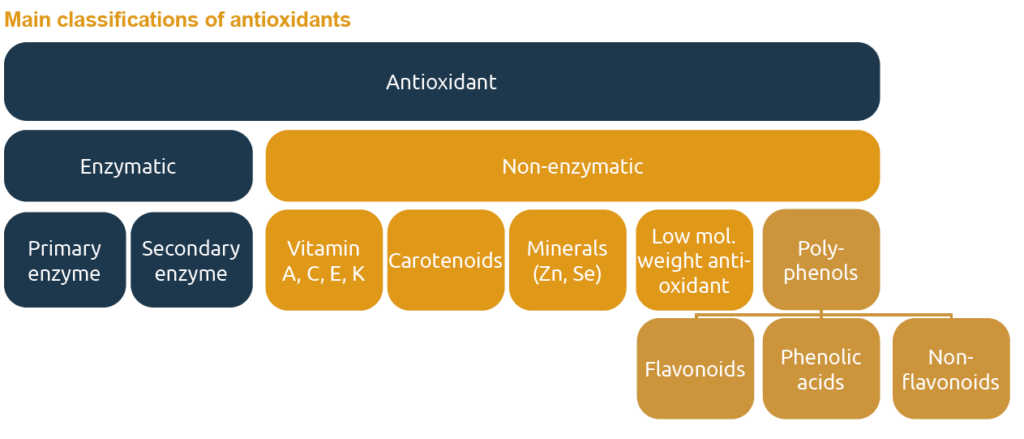Written by Jan Vervloesem, Global lead poultry at Agrifirm
The production of poultry meat and the consumption of eggs requires an eye for detail. Due to differences in environmental conditions, availability of raw materials, disease pressure, and unique consumer preferences, the way poultry is kept can vary from region to region. Despite all of these variations, poultry producers have one common goal, to produce in the best way possible in order to achieve a sustainable income.
To achieve a sustainable income, poultry producers need to take care of their animals, ensuring they are less susceptible to any kind of stress. Stress can be caused by climate conditions, poor quality ingredients, bacterial-, viral- or protozoal infections, activation of an immune response, and other causes to result in weak animals and loss of performance. Even high growth metabolism or high egg production can result in stress, causing the release of free radicals and leading to the formation of reactive oxygen species (ROS). An excess of these molecules results in damaging proteins, DNA, and lipids, reducing cell and organ function and eventually a loss of performance. This is called oxidative stress and occurs when the animal is no longer capable of neutralizing free radicals with antioxidants.
Classifying antioxidants
Antioxidants can be classified into two main groups: enzymatic antioxidants and non-enzymatic oxidants (Figure 1). The enzymatic antioxidants are endogenously produced and enhance the process of ROS, breaking ROS down into intermediate molecules such as water and oxygen. The non-enzymatic antioxidants, mainly provided via feed, can also contribute to the functioning or production of the enzymatic antioxidants to nullify ROS.
Main classifications of antioxidants

One category in the group of non-enzymatic antioxidants is the polyphenol group. This group contains several molecules from different origins (Figure 2). Within the flavonoids category alone, there are over 5,000 different molecules. The polyphenol group of molecules have electron scavenging capacities and contribute to helping enzymatic antioxidants maintain their activity over a longer production cycle. A phytogenic (plant based) natural antioxidant, Vitanox contains both flavonoid and derivatives of phenolic acid molecules. Besides the anti-oxidative function, Vitanox also contributes to maintaining intestinal quality by improving gut morphology and ensuring proper tight junctions that prevent larger molecules and bacteria from entering the bloodstream.
Classification of polyphenols

Proven antioxidative capabilities
In a field trial with commercial layers, the effect of Vitanox was observed via improved eggshell strength and albumen quality. Albumin, a major component in the albumen of the egg, is also an important antioxidative molecule. So, during times of stress, albumin is needed for its antioxidative function, causing albumen quality and shell quality to suffer. However, Vitanox can help compensate for this increased antioxidative capacity (Figure 3).

When supplemented with Vitanox, broilers experience a positive effect on FCR, weight gain and— quantified by lower peroxide oxidation of the breast muscle—improved meat quality. The trial also found MDA Malondialdehyde) was significantly (P<0.001) reduced, which is linked to better shelf life and taste (Figures 4 & 5).


In modern poultry production, with the varying global market, small details can make the difference between profit and loss. Therefore, it is crucial to prepare and protect animals from stress. Vitanox, a natural antioxidant, has demonstrated—through research and field studies—to contribute to supporting poultry performance during stressful situations. Its strong anti-oxidative function, and related anti-inflammatory effects, are highly relevant to the poultry industry’s current economic and future success.